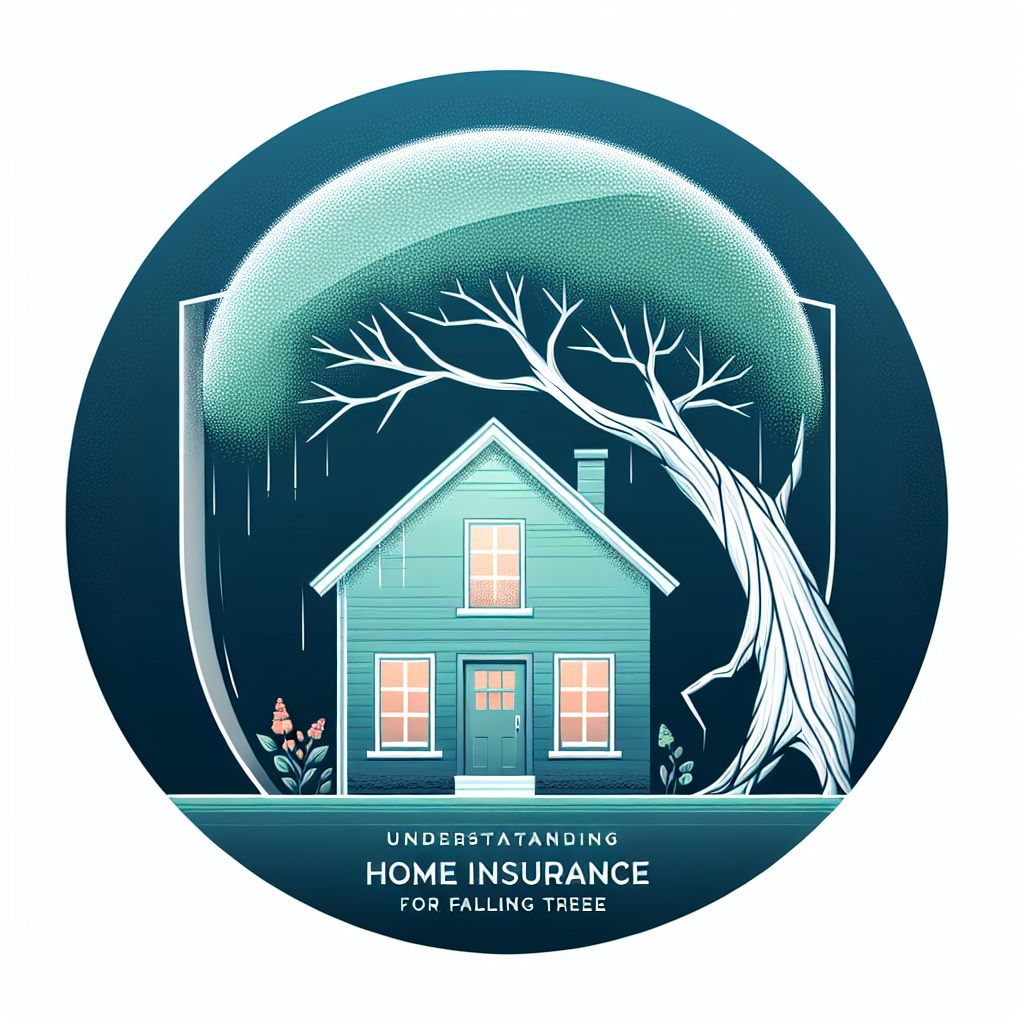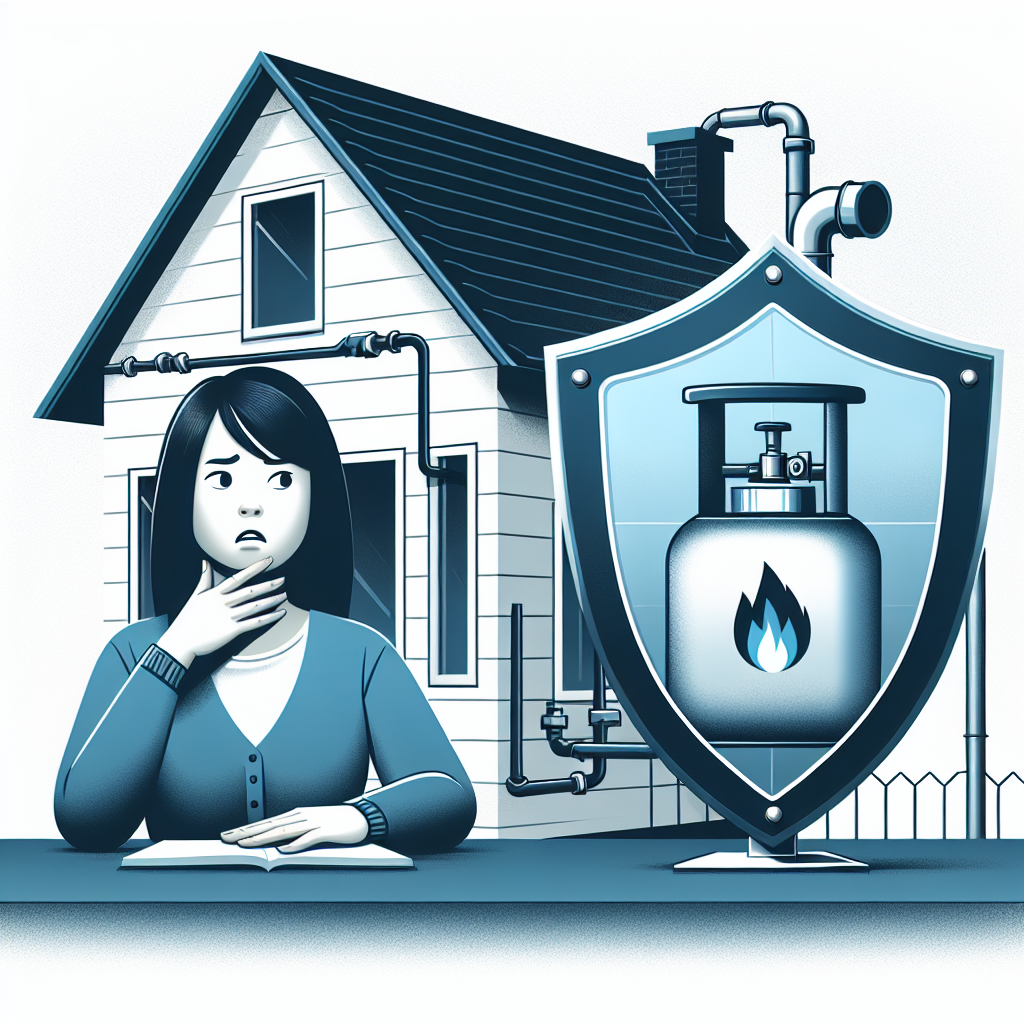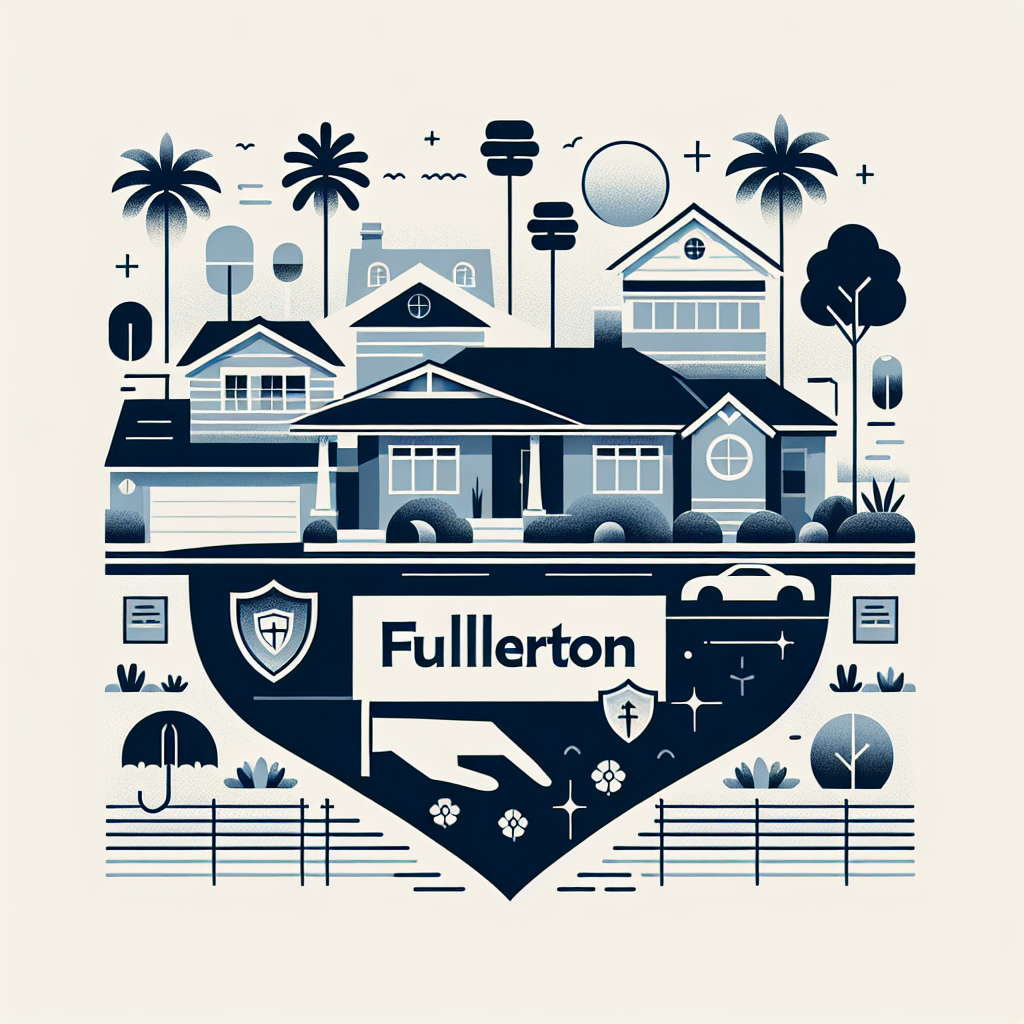Filed under Home Insurance on
Understanding Home Insurance for Falling Tree Coverage

When nature takes its course, the impact can sometimes be disruptive, especially when it involves a falling tree on your property. Home insurance for falling tree coverage often becomes a concern when homeowners face unexpected damage. Understanding your insurance policy in these scenarios is crucial to ensure you're adequately protected.
What is Home Insurance for Falling Tree Coverage?
Home insurance for falling tree coverage refers to the protection offered by your homeowner's insurance policy against damages caused by trees falling on your property. This usually includes structural damage to your home, garages, fences, or any other structures. However, understanding the nuances of what's covered and what's not can be tricky, making it crucial for homeowners to be well-informed.
Understanding the Nuances of Policy Coverage
Not all home insurance policies are created equal, particularly concerning tree-related claims. Home insurance for falling tree coverage typically spans several key areas:
Structural Damage
The most common aspect of this coverage is protection against structural damage to your home. If a tree falls and damages the roof, walls, or foundation, your insurance policy generally covers the repair costs, hinging on a few conditions.
Landscaping
While structural repairs are often covered, landscaping losses such as the cost of replacing trees, shrubs, or plants aren’t always included. Some policies may cover landscaping to a limited extent, typically up to a certain dollar amount.
Personal Property
If a tree damages personal property within your home, like electronics or furniture, the claims process usually follows the same guidelines as any other personal property claim. This part of home insurance for falling tree coverage can be highly beneficial but requires policyholders to maintain a comprehensive inventory of their possessions.
Common Exclusions in Tree Coverage
Despite its broad reach, home insurance for falling tree coverage does not extend to all scenarios. Awareness of these exclusions is essential to avoid unforeseen expenses:
Neglect and Poor Maintenance
Insurance providers often exclude coverage if the tree fall resulted from neglect or poor maintenance. For instance, if a diseased or dead tree falls due to improper upkeep, the homeowner may bear the repair costs.
Flood and Earthquake Damages
Standard policies usually don't cover damages from floods or earthquakes, even if these events cause a tree to fall. Separate insurance is necessary for these natural disasters.
Intentional Acts
Intentional cutting down of a tree that leads to home damage is typically not covered. Home insurance for falling tree coverage applies to accidental or unanticipated events rather than deliberate actions.
Steps to Take When a Tree Falls
When a tree falls, swift action can make a significant difference in your insurance claim process and safety:
- Ensure Safety: Before assessing the damage, ensure that all inhabitants are safe, especially if live wires are involved.
- Document the Damage: Take photographs and notes of all visible damages caused by the fallen tree.
- Secure the Property: Use tarps or boards to protect the structure from additional weather-related damage.
- Contact Your Insurance Company: Notify your insurer as soon as possible and follow their instructions for filing a claim.
- Consult a Professional: Hire a qualified arborist to evaluate tree health and a contractor for structural evaluations if needed.
Factors Influencing Insurance Premiums and Coverage
Several factors can influence the cost and extent of home insurance for falling tree coverage:
Location
The geographical area of your home significantly impacts coverage needs and costs. Regions prone to severe storms or heavy snowfall might have higher premiums.
Tree Proximity and Type
Insurance companies consider how close trees are to your home and what type they are. Large, old trees might pose a higher risk and thus influence premium costs.
Previous Claims
A history of claims can affect future coverage and premiums. Frequent claims, especially related to tree damage, can be red flags to insurers.
Tips for Reducing Insurance Costs for Tree Coverage
- Regular Inspections: Engage an arborist for periodic checks to ensure tree health and stability.
- Routine Maintenance: Trim branches and remove dead or diseased trees proactively.
- Choose the Right Policy: Compare different insurance policies to find the most comprehensive and cost-effective coverage.
- Improve Home Security: Install home security systems or weatherproofing to potentially reduce premiums.
Recent Trends and Expert Insights
Recent industry trends underscore the growing importance of comprehensive home insurance for falling tree coverage. With increasing climatic changes and incidents of severe weather, insurers are adapting policies to offer better protection against natural damages. Moreover, expert opinions suggest a greater emphasis on preventive measures and routine property assessments.
Emphasizing Preventive Actions
Pre-emptive actions such as regular tree maintenance are encouraged to minimize risks, aligning with the preventive trends seen in many sectors today.
Digital Claims Processing
The shift towards digital has also impacted the insurance claim process, with many companies now offering streamlined, online claim submissions, leading to quicker resolutions.
Conclusion
Understanding home insurance for falling tree coverage can save homeowners from undue stress and financial strain. By knowing what your policy covers, recognizing the common exclusions, and taking preventative measures, you can ensure that your property—and peace of mind—remain intact. As you navigate your coverage options, consider consulting with a professional to tailor a policy that meets your specific needs.





